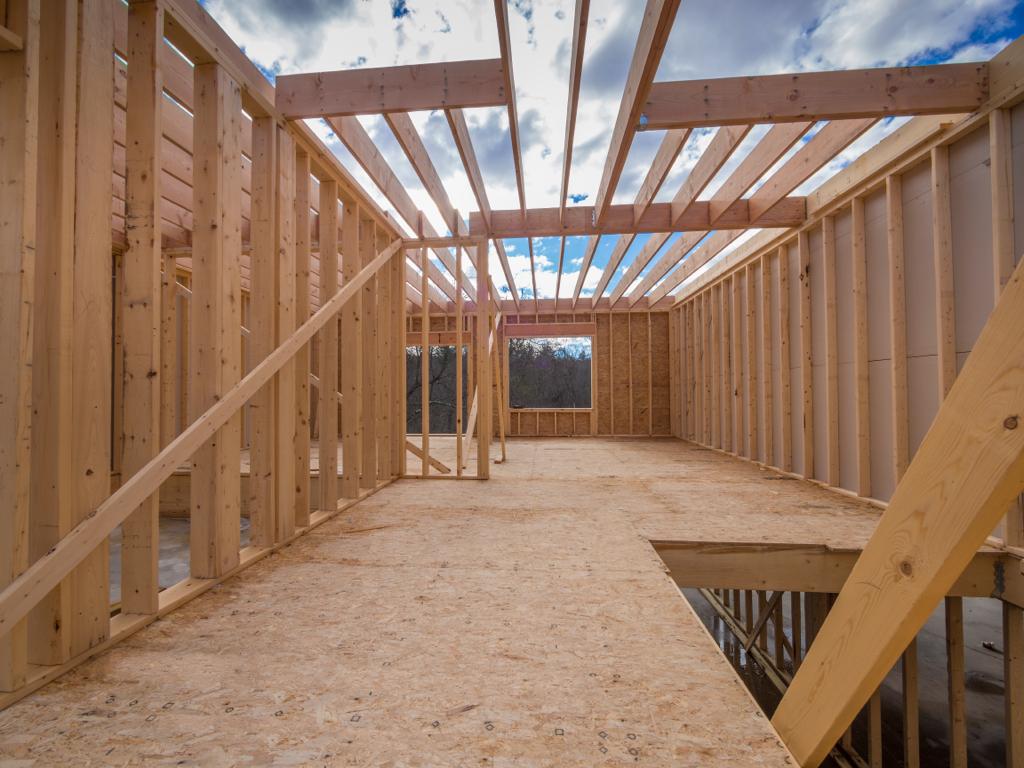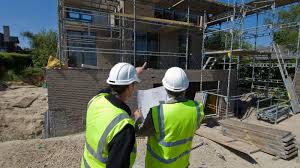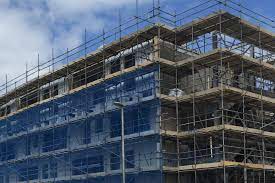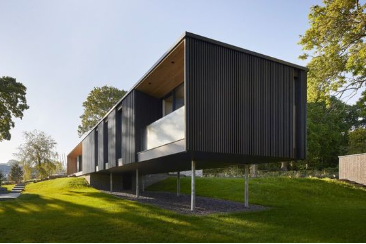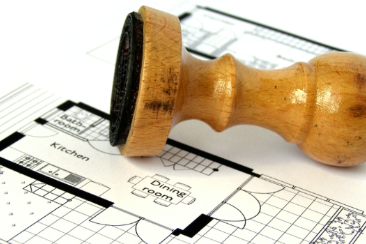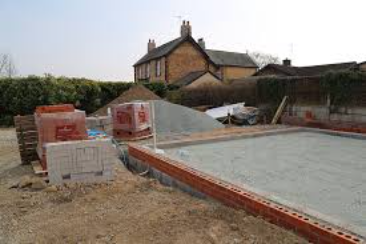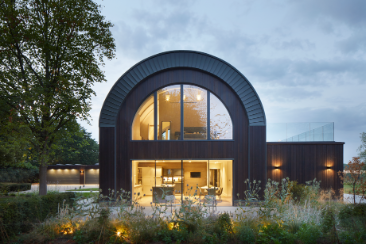Introduction
Conservation Areas are designated areas with special architectural or historical significance. If you own a property within one, understanding the rules around permitted development rights is crucial. RDK Civil Engineering Limited offers a comprehensive guide to help you navigate these regulations.
What are Permitted Development Rights?
Permitted development rights allow certain types of building work to be carried out without needing full planning permission. However, these rights are often more restricted in Conservation Areas.
Key Restrictions in Conservation Areas
- Extensions: The size and design of extensions are typically limited to ensure they do not harm the area's character.
- Demolitions: Demolishing buildings in Conservation Areas often requires planning permission.
- Changes of Use: Converting buildings to different uses may be subject to stricter regulations.
- Materials and Design: The materials used for alterations must be compatible with the area's existing buildings.
Factors Affecting Permitted Development in Conservation Areas
- Local Planning Policies: Each local authority has specific guidelines for Conservation Areas.
- Listed Buildings: If your property is listed, additional restrictions apply.
- Conservation Area Management Plans: These plans outline specific objectives for preserving the area's character.
How to Check Your Permitted Development Rights
- Local Authority: Contact your local planning department for specific guidance.
- Planning Portal: Use the government's online planning portal to check your property's permitted development rights.
Tips for Planning Work in a Conservation Area
- Consult with Experts: Seek advice from architects, planners, or engineers familiar with Conservation Areas.
- Submit a Pre-Application Advice Note: This can provide feedback on your proposed project before submitting a full application.
- Be Patient: The planning process can be slower in Conservation Areas due to the need for careful consideration.
Conclusion
Understanding the rules around permitted development rights in Conservation Areas is essential for property owners. By following these guidelines and seeking expert advice, you can successfully navigate the planning process and preserve the character of your property and the surrounding area.

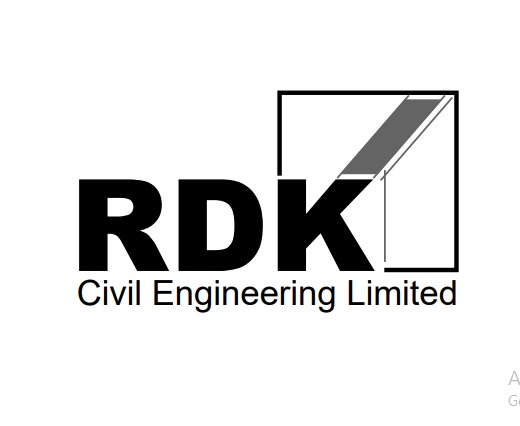

.jpg)
.jpg)





